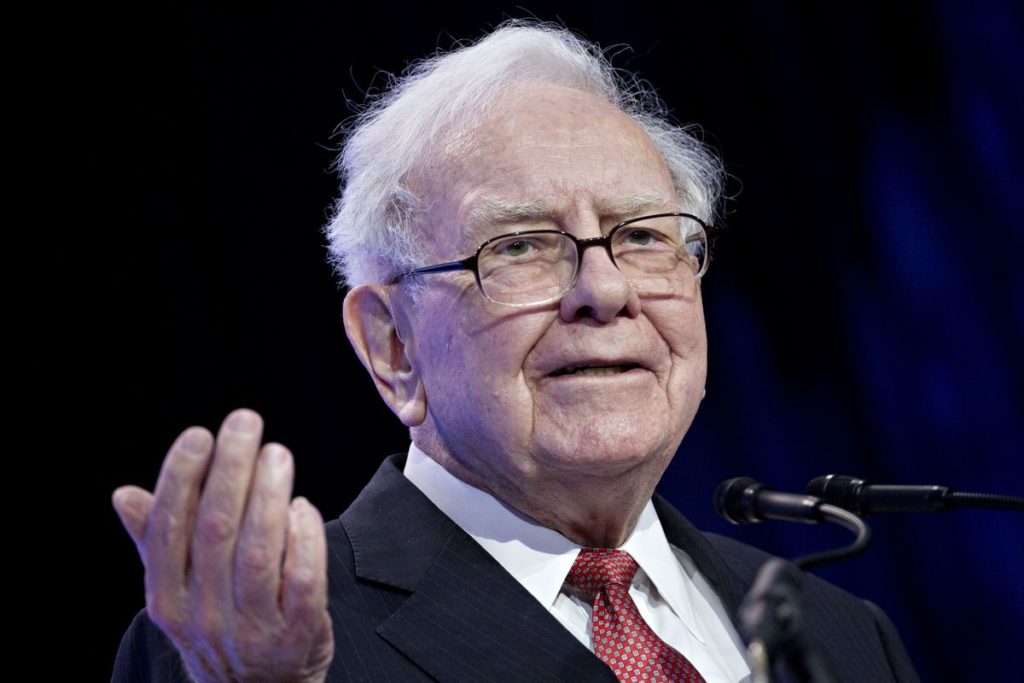
General Electric Co. erasing $200 billion in market value would have seemed fantastical just a few years ago, but it has become reality amid accounting issues, weak demand, heavy debt and turmoil at the top.
The dramatic decline has left investors wondering about the worst-case scenario for the industrial icon. As new Chief Executive Officer Larry Culp tries his hand at a turnaround, the possibilities span everything from a prolonged fight for survival to a swift journey to the junkyard.
The Rebirth Scenario
Culp swiftly succeeds in turning GE around, arresting the share-price collapse. GE will turn out smaller, simpler and more stable, selling aircraft jet engines, power-generation equipment and wind turbines. Revenue growth and profit margins might suffer, but GE would have a shot at regaining a higher credit rating and reflating its dividend, winning back investors.
To pull it off, Culp will sell assets, pare debt and further whittle down the finance business, without draining too much cash. A major challenge lies in fixing deep problems at GE’s marquee power division, which makes gas turbines. Recently, the company had to rely on price cuts to win orders after falling behind competitors Siemens AG and Mitsubishi Hitachi Power Systems.
There’s a considerable incentive for the CEO himself: If he can restore GE’s stock price to its level in late 2016, Culp would be in line for a windfall of more than $200 million.
The Muddle-Through Scenario
Culp might achieve a similar result to the first scenario, but only after a long, drawn-out slog — hardly what battered investors are asking for. The problem facing Culp is that asset sales have to reduce debt by enough to offset the lost earnings from the divested businesses. But that’s not always easy when buyers know a seller is in dire straits.
Weighed down by a debt load of more than $100 billion, GE has had its credit grade cut by all three major ratings companies since early October to three levels above speculative grade. Its bonds are already trading like junk. So how quickly GE can pare debt to a manageable level will depend on how swiftly the power unit can be stabilized, and on how well businesses such as aviation continue to perform.
Investors could be waiting a while.
The Failure Scenario
Nobody is predicting GE’s demise. The market, though, has seen giants fall before. Lehman Brothers and Enron are gone; General Motors went bust and survived thanks to a U.S. bailout.
For GE, the stars would have to align against the company to push it into insolvency. An economic recession that undercuts GE’s healthy businesses and impedes a power unit turnaround, coupled with a larger-than-expected financial hole at GE Capital, would worsen the company’s plight.
Worryingly, GE has established a recent track record of negative surprises. In January, the company announced a $6.2 billion charge at a long-term care insurance portfolio, plus a $15 billion shortfall in its insurance reserves that it would have to provide over seven years.
Another charge of $22 billion related to the power business was dropped on the market in October. The Department of Justice and Securities and Exchange Commission are both investigating GE’s accounting practices, raising uncertainty.
The White-Knight Scenario
Even though GE is a shadow of its former self, the company is still pretty big. With a market value of more than $70 billion, it would take a whale of an investor to rescue the business. Warren Buffett, who provided GE an emergency loan during last decade’s financial crisis, springs to mind. A helping hand from the government — similar to the auto bailout — is very unlikely.
There’s also the possibility of a breakup — marking the end of a U.S. business icon. GE has already said it’s planning to spin off its health-care business. Its sprawling aviation division, described by Culp as a “crown jewel,” would probably attract suitors or be able to go it alone.
Recommended for you
